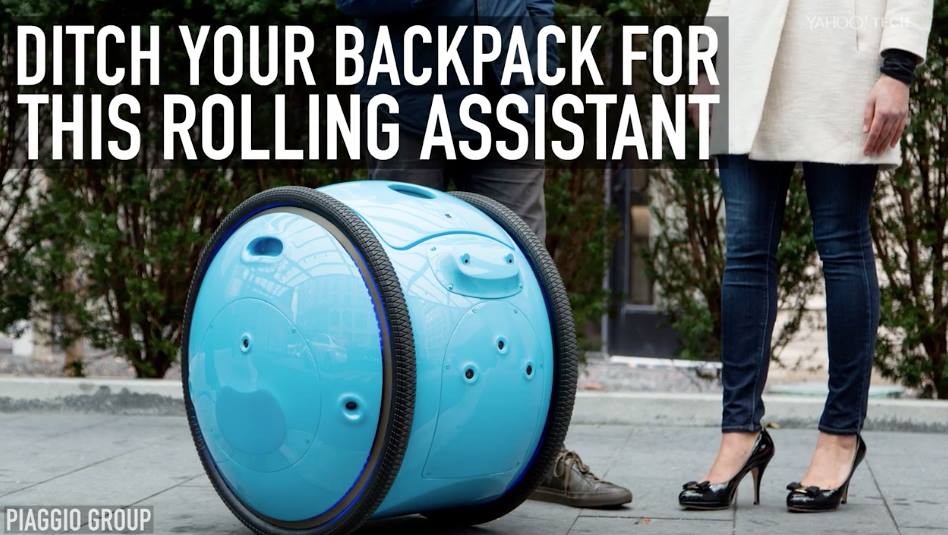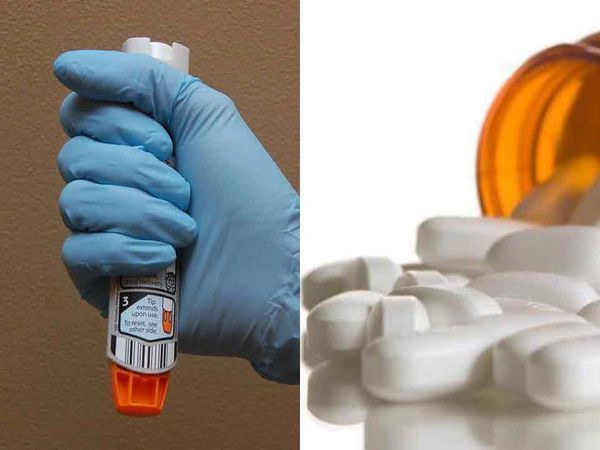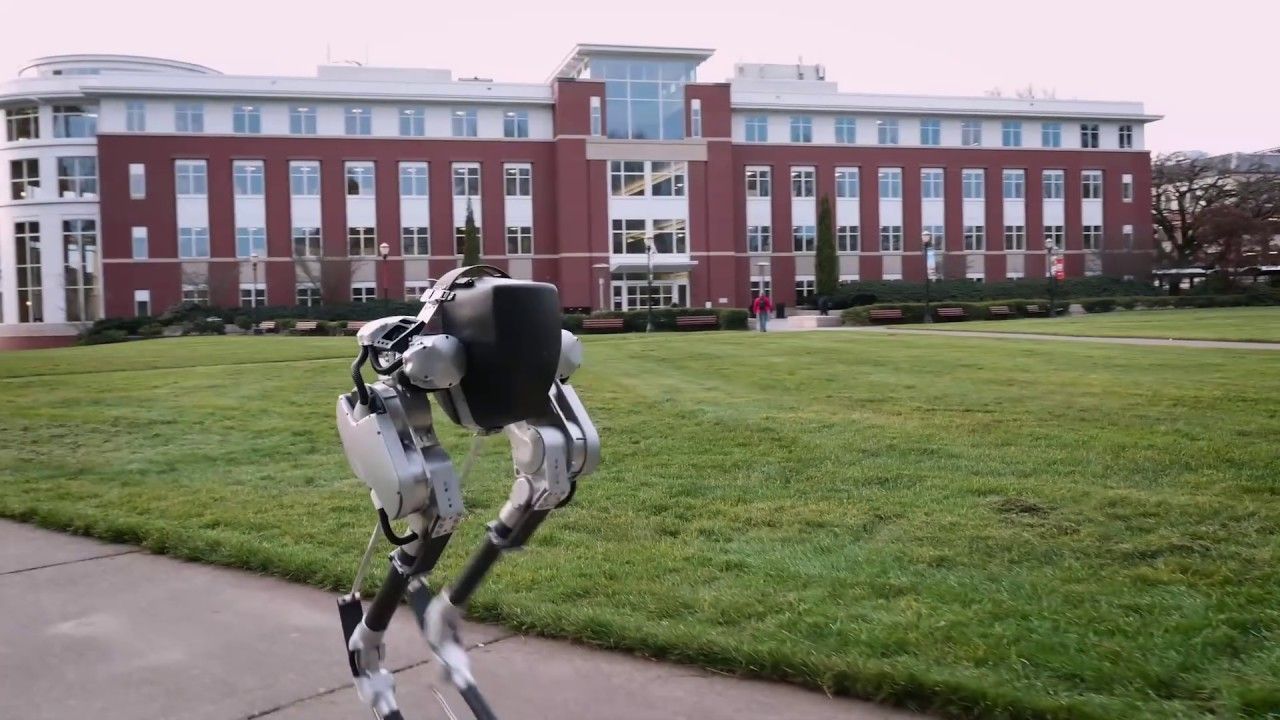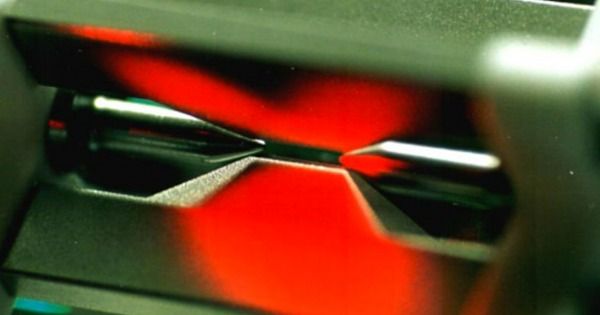Page 10540
Feb 9, 2017
South Korean Dog Cloning Facility Can Give You Your Dead Dog Back
Posted by Shane Hinshaw in category: biotech/medical
In Brief Sooam Biotech Research Foundation has cloned over 800 dogs since 2006, offering the service to bring your dead dog back for $100,000. Apart from their popular dog cloning service, they also clone cattle and pigs for medical research and breed preservation.
The Sooam Biotech Research Foundation can reincarnate your dead dog, a service that would delight pet lovers—for $100,000.
“These people have very a strong bond with their pets… and cloning provides a psychological alternative to the traditional method of just letting the pet go and keeping their memory,” said Sooam researcher and spokesman Wang Jae-Woong.
Continue reading “South Korean Dog Cloning Facility Can Give You Your Dead Dog Back” »
Feb 9, 2017
Ditch your backpack for this rolling assistant
Posted by Dan Kummer in category: robotics/AI
Feb 9, 2017
This wearable airbag could save your life
Posted by Shane Hinshaw in categories: biotech/medical, wearables
Feb 9, 2017
AI learns to solve quantum state of many particles at once
Posted by Shane Hinshaw in categories: particle physics, quantum physics, robotics/AI
The same kind of artificial intelligence that beat a top human player at Go could help grapple with the astonishing complexity of large quantum systems.
Feb 9, 2017
Forget The EpiPen—It’s Time For An Epi-Pill
Posted by Shane Hinshaw in categories: biotech/medical, health
Expensive EpiPen auto-injectors dominate the market for emergency allergy treatment, but a cheaper alternative is now being developed: an epinephrine tablet that dissolves under the tongue.
Last month a congressional committee tore into Mylan CEO Heather Bresch. The charge: jacking up the price of EpiPens, her company’s signature product. Those price hikes left some allergy sufferers without access to emergency epinephrine, the drug that saves people who go into anaphylactic shock.
Mylan has control of the marketplace because other companies have a hard time competing with the EpiPen’s patented design. Those who have tried have mostly offered up alternative types of auto-injectors, which generally flop.
Continue reading “Forget The EpiPen—It’s Time For An Epi-Pill” »
Feb 9, 2017
Agility Robotics Introduces Cassie, a Dynamic and Talented Robot Delivery Ostrich
Posted by Klaus Baldauf in category: robotics/AI
Feb 9, 2017
RadioBio: What role does electromagnetic signaling have in biological systems?
Posted by Karen Hurst in categories: augmented reality, health, military, mobile phones, quantum physics, robotics/AI, wearables
Many have asked me what does this DARPA announcement on their project (RadioBio) mean. Well, imagine a world in the next 10 to 15 years where you no longer need any devices (no smartphone, no AR contacts, no smartwatch, no wearables, no external BMIs or invasive implants, etc.) of any kind as Quantum Bio technology uses (in DARPA’s case) connected cell technology to connect people to people and information online (private and publically available. This approach is the least invasive method of turning cells into connected technology.
Military will mean no more lugging of devices and certain types of equipment around on the battlefield plus lower risk of stolen intelligence as no device or equipment left behind or stolen.
What does it mean to consumers? Means no more losing phones and other devices as well as broken down equipment be replaced every 2years and no more insurance and extra-warranty payments for devices; and no more devices stolen with your information on it. And, it means my doctors and body (AI and non-AI methods) can monitor my health and activate pain relief, etc. through biosystem treatments such as pain can be suppressed via the readings or before the pain is felt. It also empowers the immune system to proactively prevent diseases as the biosystem technology will monitor and treat as needed.
Feb 9, 2017
Battery can be recharged with carbon dioxide
Posted by Shane Hinshaw in categories: energy, futurism
(Phys.org)—Researchers have developed a type of rechargeable battery called a flow cell that can be recharged with a water-based solution containing dissolved carbon dioxide (CO2) emitted from fossil fuel power plants. The device works by taking advantage of the CO2 concentration difference between CO2 emissions and ambient air, which can ultimately be used to generate electricity.
The new flow cell produces an average power density of 0.82 W/m, which is almost 200 times higher than values obtained using previous similar methods. Although it is not yet clear whether the process could be economically viable on a large scale, the early results appear promising and could be further improved with future research.
The scientists, Taeyong Kim, Bruce E. Logan, and Christopher A. Gorski at The Pennsylvania State University, have published a paper on the new method of CO2-to-electricity conversion in a recent issue of Environmental Science & Technology Letters.
Feb 9, 2017
Primitive Quantum Computing Helps Test Theoretical Physics
Posted by Shane Hinshaw in categories: computing, particle physics, quantum physics
In Brief:
Physicists were able to simulate high-energy experimens thanks to this primitive quantum computer. Prediction of theoretical physics may soon be tested.
Our current computers are not capable of running simulations of high-energy physics experiments. However, quite recently, scientists were able to use a primitive quantum computer in the simulation of the spontaneous creation of particle-antiparticle pairs. This makes it easier for physicists to further investigate the fundamental particles. A research team published their findings in the journal, Nature.
Continue reading “Primitive Quantum Computing Helps Test Theoretical Physics” »


















